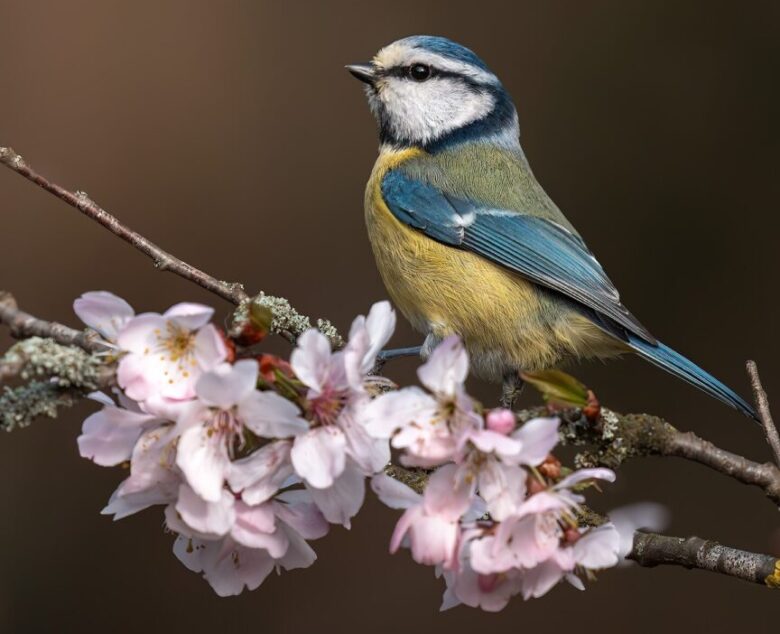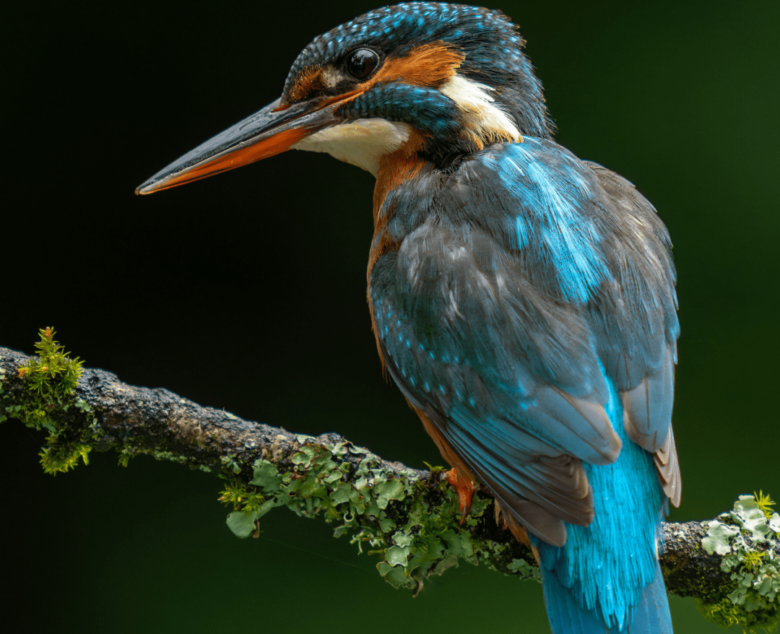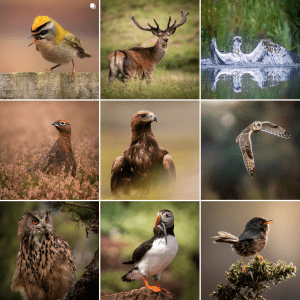
How to Help Foxes This Spring: Support Your Local Wildlife Rescue Centre
Foxes are among the most intelligent and adaptable canids, thriving in a range of environments from bustling urban areas to quiet countryside landscapes. However, rapid human-driven changes have made life increasingly challenging for these clever creatures. As spring approaches, vixens work tirelessly to feed and protect their cubs, often venturing into unfamiliar territory in search of food and safety. This necessary risk exposes them to hazards such as traffic, human disturbance, and food shortages. By making a few simple changes in our daily routines, we can all help these wild neighbours survive and flourish during the vulnerable spring season.
Supporting fox populations is not just about admiring their beauty and cleverness—it’s also about actively contributing to their survival. My local Centre is Harper Asprey Wildlife Rescue and it is at the forefront of efforts to protect these remarkable animals, and your support can make all the difference. Here are five actionable ways you can help foxes this spring:
1️⃣ Fox-Friendly Gardens
Creating a fox-friendly garden is one of the most effective ways to offer refuge to these animals. By keeping wild areas undisturbed, providing fresh water, and avoiding harmful chemicals, you create a safe haven not only for foxes but for all wildlife. A little effort in our own backyards can ripple out to benefit our local ecosystem and support the resilience of fox populations.
2️⃣ Safe Spaces for Cubs
When spring brings new life, fox cubs are especially vulnerable. If you come across an unattended cub, it’s important not to move it. The mother is likely nearby and will return to care for her young. If in doubt, contact your local wildlife rescue centre for advice. Preserving the natural parenting process is essential for the survival of these kits.
3️⃣ Support with Food & Water
During the colder months and into cub season, food can be scarce, prompting vixens to travel longer distances in search of nourishment. Occasional, responsible feeding—paired with a reliable water source—can help them maintain their energy and reduce the risks associated with long journeys. However, it is essential to feed foxes appropriately, ensuring that any food provided is safe and suitable for their diet. If you decide to offer food, unsalted, plain cooked chicken, turkey, or rabbit (without bones or seasonings) can be appropriate. Raw meat can also be suitable, but only if you’re confident in the source and preparation to avoid bacterial contamination.
4️⃣ Reduce Hazards
Every small action counts. Simple measures like securing bins, picking up litter, and avoiding garden netting or fences that could trap or injure foxes can significantly reduce the dangers they face. By minimising these hazards, we make our communities safer for both people and wildlife.
5️⃣ Rescue the Right Way
In the unfortunate event that you encounter an injured or sick fox, immediate action is crucial. Contact your local wildlife rescue centre with an exact location—using tools like What3Words or GPS coordinates—to ensure a swift and accurate response. If it’s safe to do so, staying nearby until help arrives can make a huge difference in the animal’s recovery.
This spring, let’s commit to taking proactive steps to support the foxes in our communities. By following these guidelines and spreading awareness, we can help ensure that foxes and their cubs remain safe and resilient. Share this blog to educate your friends and family, and consider volunteering or donating to your local wildlife rescue centre. Every action, no matter how small, contributes to a brighter future for our wild neighbours.
Together, we can create a safer, more compassionate environment for all the creatures that share our world.

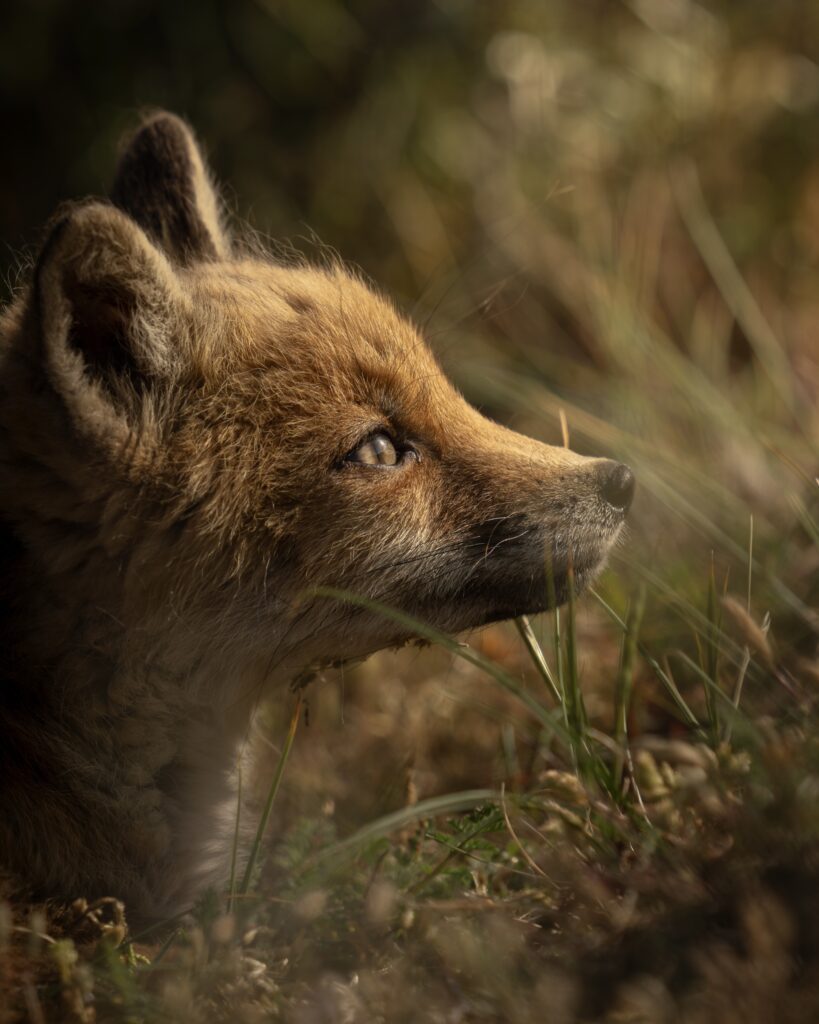
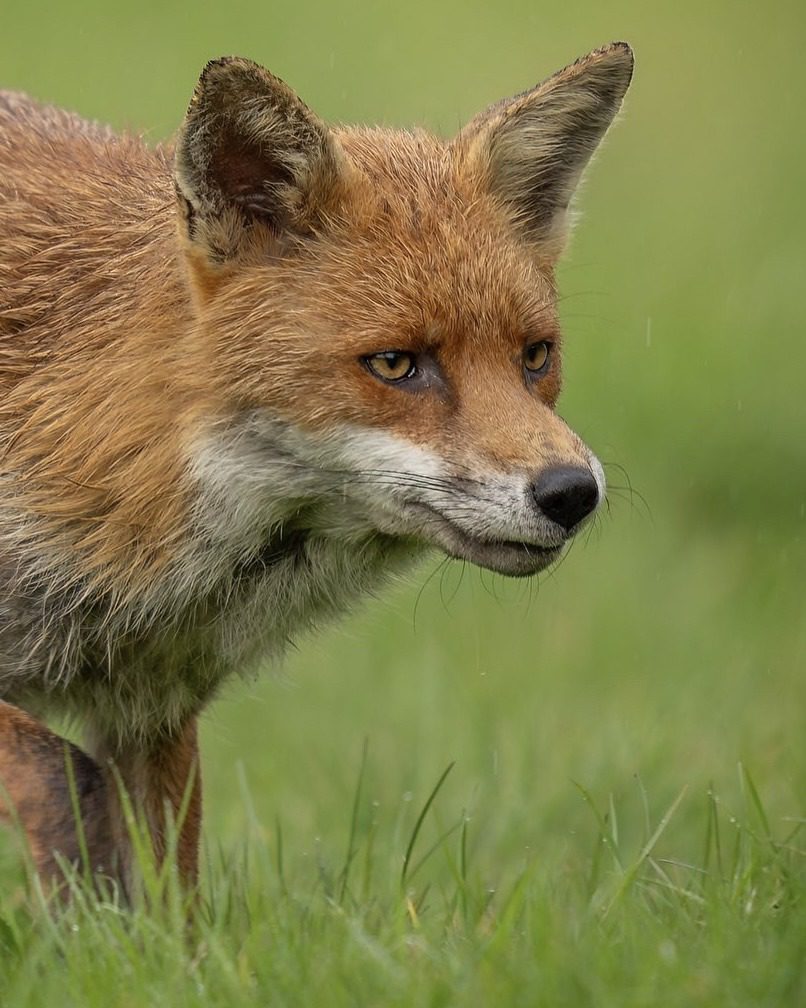
Comments are closed.
You may also like
The Grey Seals of St.Ives, Cornwall
Chasing Blue Tits in the Blossoms: A Springtime Obsession
Capturing the Magic of Kingfishers: A Photographer’s Passion by a River in Hampshire
Featured Posts

GET SOCIAL
INSTAGRAM
@paulbrowning.photography
@snowboard.paul
@macro.paul
TWITTER
@paul__browning_
FACEBOOK
@PaulBrowningPhotography
@snowboardpaul
@macro.paul.surrey
Get in Touch
GET SOCIAL
INSTAGRAM
@paulbrowning.photography
@snowboard.paul
@macro.paul
TWITTER
@paul__browning_
FACEBOOK
@PaulBrowningPhotography
@snowboardpaul
@macro.paul.surrey

